The Importance of Personal Protective Equipment (PPE) in Handling COVID-19
Read all articles about coronavirus (COVID-19) here.
The COVID-19 outbreak has now caused more than two million cases and hundreds of thousands of people died, including health workers (health workers) who died. One of the reasons why many health workers die while on duty is the lack of supply of available personal protective equipment (PPE).
This condition is quite concerning considering that many hospitals have reported a shortage of this equipment when dealing with the COVID-19 outbreak. Here’s an explanation of personal protective equipment in hospitals and why it is important for medical workers.
The importance of personal protective equipment (PPE) for health workers
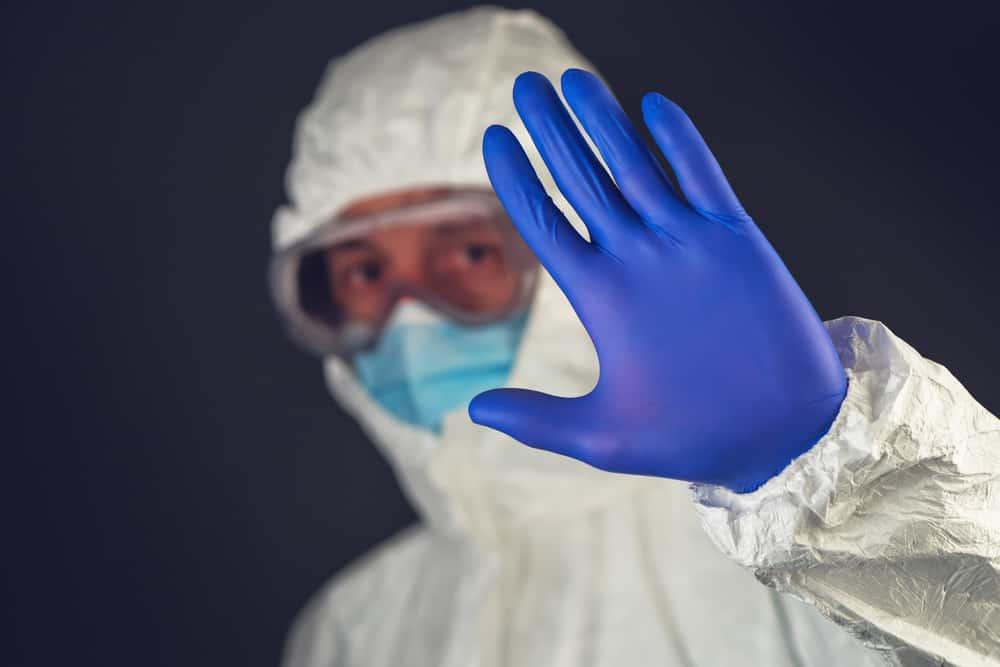
The number of COVID-19 cases continues to increase worldwide, including in Indonesia. The number of cases is certainly not comparable with the number of health workers and PPE available at the hospital.
As a result, not a few medical officers have died while handling COVID-19 patients. Starting from doctors, nurses, to room cleaning workers.
One of the emergency specialists at the IGD Daha Husada Kediri Hospital, dr. Tri Maharani, revealed that currently medical personnel are fighting with incomplete weapons. There have been dozens of doctors who died during the COVID-19 pandemic and hundreds of others have tested positive for COVID-19.
This situation does not only occur in areas that have a large number of patients, especially DKI Jakarta. Other regions, such as West Java and Central Java, also experience similar conditions.
Finally, this lack of protective equipment forces them to ‘protect’ themselves with the makeshift equipment.
According to reports from a number of media, not a few doctors, nurses and other health workers are trying to protect themselves from the virus with disposable raincoats. Raincoats sold in the market are certainly not comparable to PPE that meet standards.
How not, the purpose of protective equipment is to protect health workers from the splash of COVID-19 infection. In fact, the use of PPE does not guarantee that they will avoid exposure to the virus.
Thoughts about the high risk of contracting the COVID-19 virus due to a shortage of PPE continue to haunt them. However, this does not stop health workers from remaining on duty and handling COVID-19 patients, despite their inadequate self-protection.
What is personal protective equipment (PPE)?
Reporting from WHO, personal protective equipment or WHO is equipment used to prevent and control infection. This equipment usually consists of clothes worn by health workers to reduce the risk of transmission. Starting from gloves, face shields, to disposable dresses.
If health workers are dealing with a highly contagious disease, such as COVID-19, additional personal protective equipment will be added. Starting from face shields, goggles, masks, gloves, protective clothing, to rubber boots.
The function of PPE used in hospitals is deterrenceblocking the entry of free particles, liquid or air. In addition, PPE is also used to protect the wearer from spreading infection and in this case the SARS-CoV-2 virus.

Types of PPE in the hospital
Handling COVID-19 is different from other infectious diseases, so personal protective equipment is needed in hospitals. This aims to protect health workers from viral infections that come into direct contact with patients.
The following are several types of PPE based on the Ministry of Health of the Republic of Indonesia, namely:
1. Masks
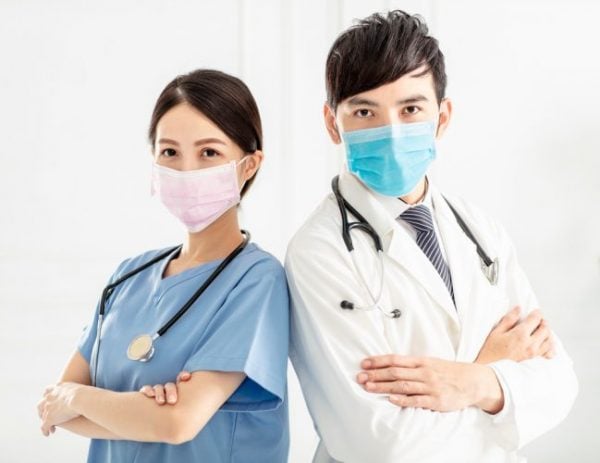
One of the most important components of PPE in dealing with COVID-19 is a mask. Health workers treating infected patients certainly cannot use any mask.
The following are types of masks that are used to protect health workers when handling patients according to their functions, namely:
a. Surgical masks
A surgical mask is a standard, three-layer piece of PPE to protect the wearer from droplets or blood. Generally, these masks are not used to treat COVID-19 patients directly. The use of surgical masks is usually only used in the first and second levels, namely when health workers are in public practice places and in laboratories.
b. N95 Respirator
Unlike surgical masks, masks with a filtering rate of up to 95% are commonly used to treat COVID-19 patients directly. This is because this type of mask is tighter, so it is used in third-level personal protective equipment.
The third level is the situation for handling patients who have been confirmed as infected with COVID-19. Therefore, N95 respirators are needed when the risk level for treatment is very high.
2.Eye protection (googles)

Apart from masks, another part of personal protective equipment is eye protection, aka googles. This equipment is designed so that the eyes and the surrounding area are protected from droplets of patients with suspected or positive COVID-19.
In general, the use of eye protection is used when handling COVID-19 has entered the third level, aka directly treating patients who have been confirmed to be infected with the virus.
3. Face shield (face shield)
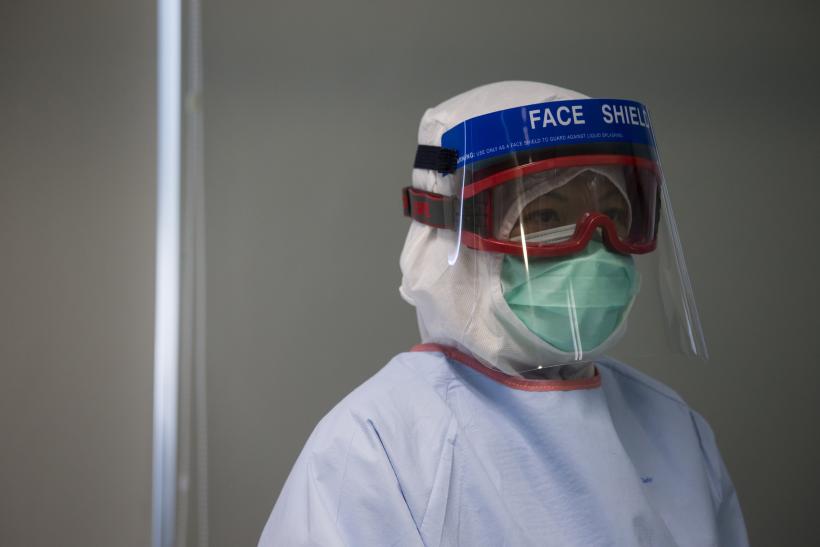
Even though a health worker already wears a mask and eye protection, it turns out that their personal protective equipment is not enough if there is no face shield or face shield.
Therefore, face shields are more often found in doctors or nurses who are treating positive COVID-19 patients.
4. Gloves

One personal protective equipment that is no less important than masks and other protection is gloves. The use of gloves serves to reduce the risk of direct contact with surfaces or objects contaminated with the virus. However, not all gloves can be used in all situations.
The following are two types of gloves that are needed by health workers when handling COVID-19 patients.
- examination gloves: first and second level protective equipment used when examining unconfirmed patients and other minor medical procedures
- surgical gloves: used by health professionals when performing moderate to severe medical procedures, such as surgical operations and direct handling of COVID-19 patients
5. Body armor
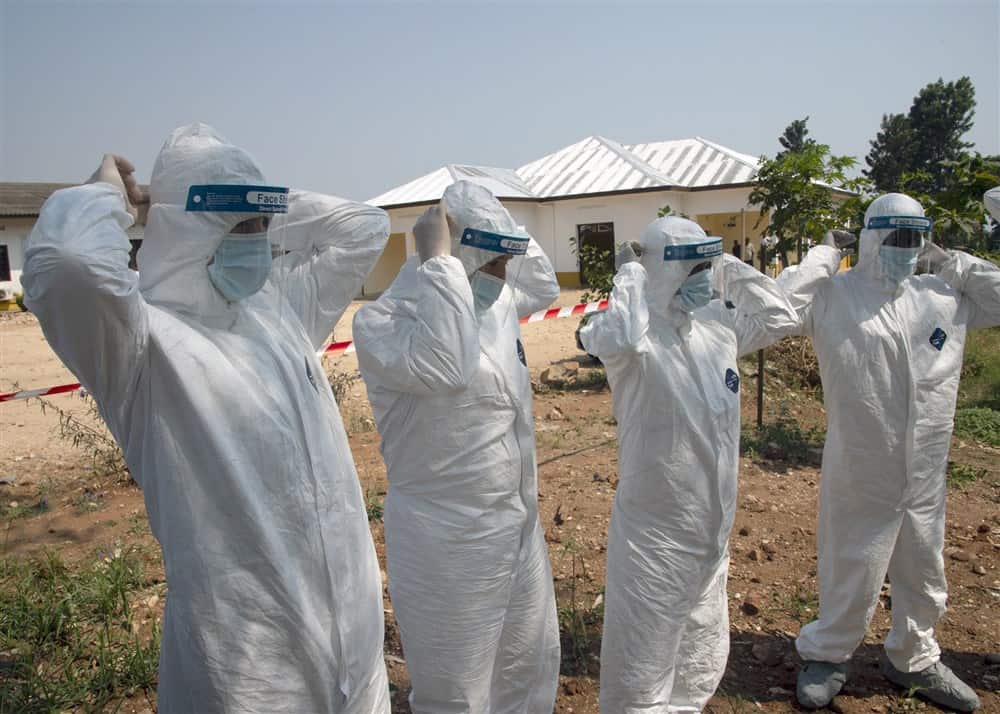
After recognizing the personal protective equipment used from eye to hand, there is PPE that is devoted to protecting the body of its users. These three body armor tools have one thing in common, which is light colored so that it is easier to detect contaminants that stick.
The following are some of the body armor included in the PPE standard for handling COVID-19, namely:
- disposable dress: first and second level protective equipment to protect the front, arms and half of the user’s legs from blood fluids or droplets from seeping into the body.
- coverall medical: third level protective gear for covering the whole body. Starting from the head, back, to the ankles so that it is more safen.
- heavy duty apron: used to protect the front of the body for health workers and is waterproof.
6. Shoes boot waterproof
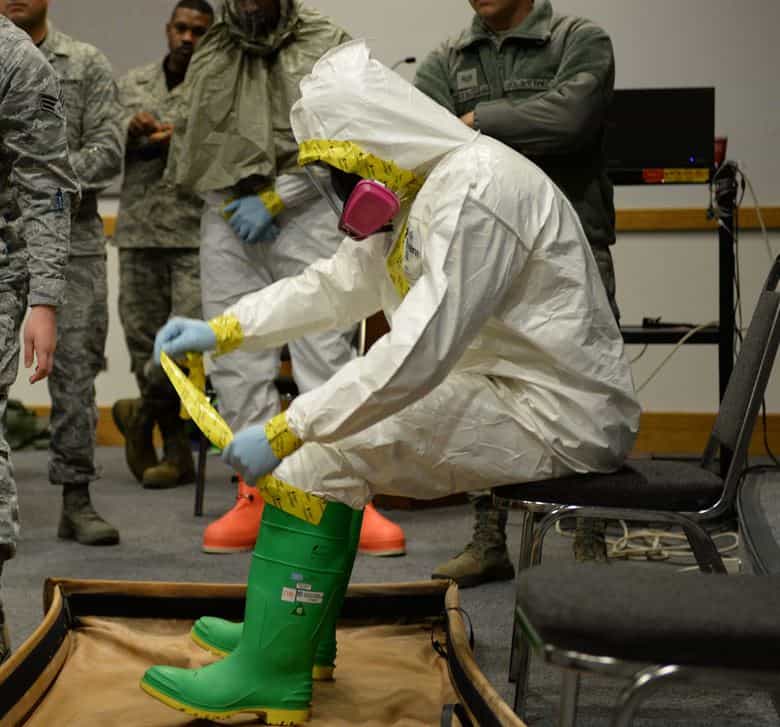
Shoes boot waterproofing is also an important part of PPE because it can protect the user’s feet from droplets that might stick to the floor. These shoes are usually used in the third level of treatment given the much greater risk of infection when dealing directly with a positive patient with COVID-19.
Besides shoes boot water repellent, another foot protection device is a shoe cover designed to protect the shoes of health workers from being splashed with virus infection water. This cover is often used when the health worker is in the consultation room or non-respiratory laboratory.
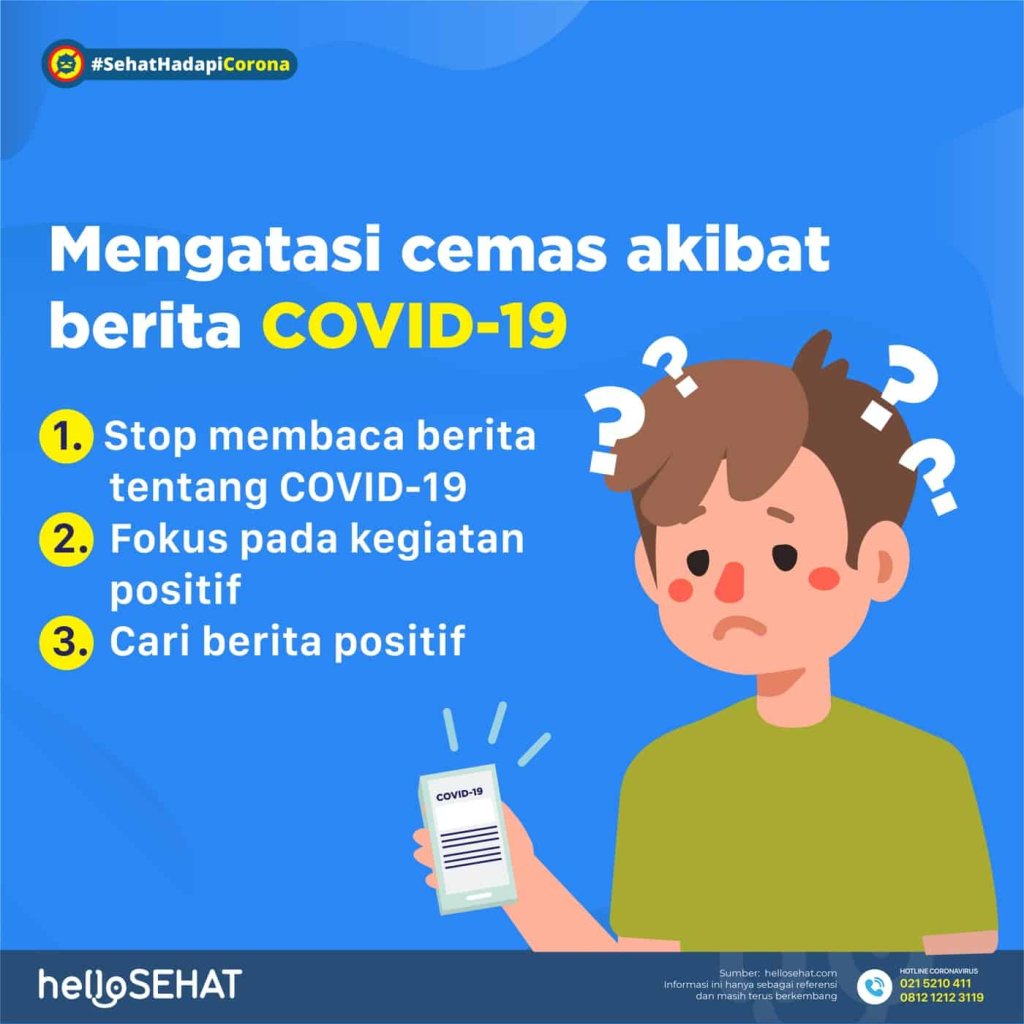
Your contribution helps health workers deal with COVID-19
There are many personal protective equipment needed by medical personnel in handling COVID-19 because they were at the forefront when this pandemic began.
Therefore, your contribution as a community to help doctors and other health workers get PPE is quite important.
Come on, show your concern to help fight this pandemic by donating. The slightest form of your assistance will greatly affect the well-being of the medical team, right?
Hello Health Group and Hello Sehat do not provide medical advice, diagnosis or treatment. Please check our editorial policy page for more detailed information.